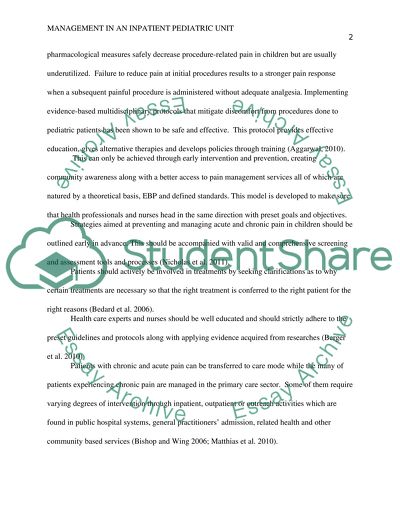Cite this document
(“EBP Assignment Example | Topics and Well Written Essays - 1500 words - 1”, n.d.)
EBP Assignment Example | Topics and Well Written Essays - 1500 words - 1. Retrieved from https://studentshare.org/nursing/1689818-ebp
EBP Assignment Example | Topics and Well Written Essays - 1500 words - 1. Retrieved from https://studentshare.org/nursing/1689818-ebp
(EBP Assignment Example | Topics and Well Written Essays - 1500 Words - 1)
EBP Assignment Example | Topics and Well Written Essays - 1500 Words - 1. https://studentshare.org/nursing/1689818-ebp.
EBP Assignment Example | Topics and Well Written Essays - 1500 Words - 1. https://studentshare.org/nursing/1689818-ebp.
“EBP Assignment Example | Topics and Well Written Essays - 1500 Words - 1”, n.d. https://studentshare.org/nursing/1689818-ebp.


